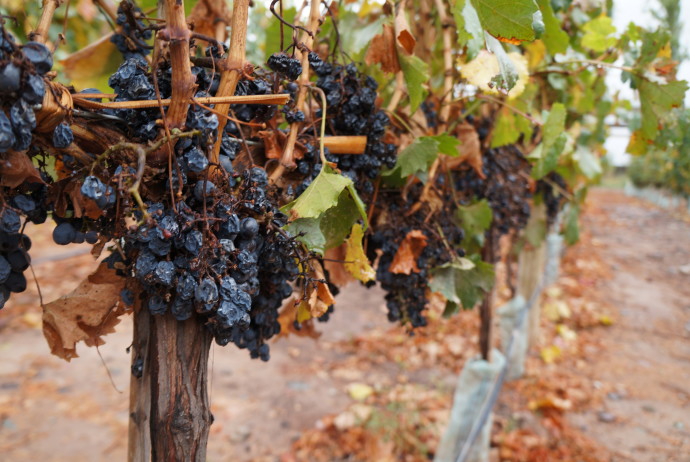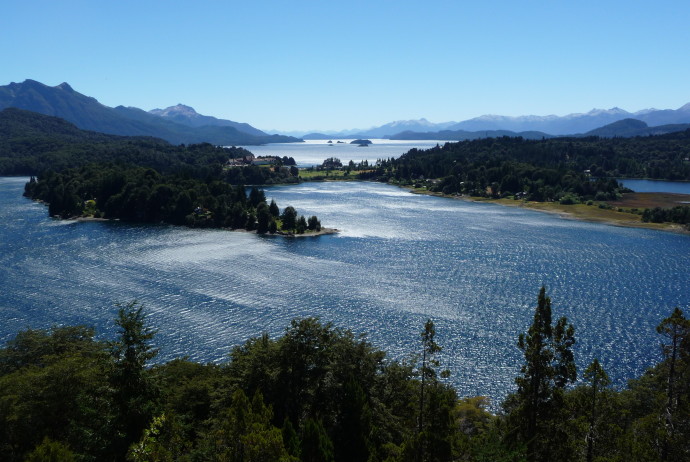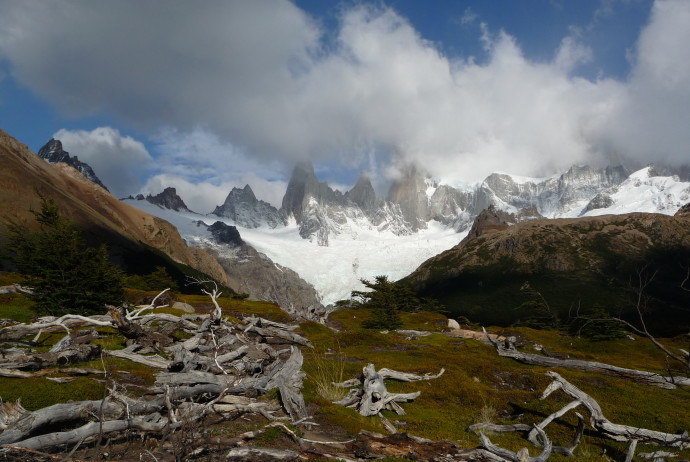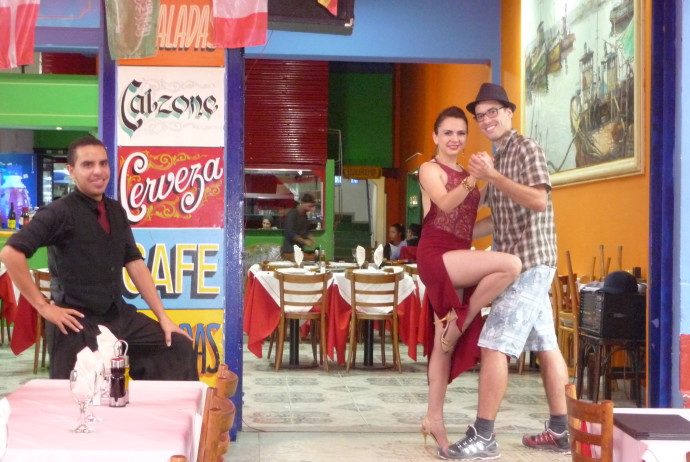Our visit to Mendoza was originally not on the agenda but just a view too many fellow travellers told us tempting stories about this capital of wine, situated in mid-west of Argentina. Trusting their judgement, and also, having been out of Argentina for almost 10 days, and thus already missing alfajores, dulce de leche and the world’s best asado, we went back. This time, to Mendoza.
While here, we once rented bikes for a day to paddle from winery to winery in Chacras de Coria, one of the two major wine regions around Mendoza. We not only tasted great wines that day, but also learned about how (organic) wine was made and much more. But to be honest, most of it we will have to learn again some day, with less wine tasting involved in the process.
We also explored Mendoza’s many plazas and parks of which Parque del General San Martín is especially nice, for instance to enjoy a bottle of wine while watching sporty locals rowing in the park’s lake. We furthermore went for a hike up Cerro Arco, a hill just outside the city from which we could have enjoyed a great view for sure, if it had not been for the dark and thick rain clouds blocking it. It was still a nice walk that ensured we got our “shower” in the end…
To make the most of another rainy day, we opted for a spa day in the Termas Cacheuta. That turned out to have been a great decision, as we spent lovely, relaxing hours in the hot waterpools there, spoilt our skin with multiple mud treatments and, of course, also overendulged with lots of delicious food at the spa’s grand buffet. Having been backpacking for so long, it has been a while since we have felt so thoroughly clean as after this day in the pools.
After this relaxing day we felt like action again so we took the next best bus straight to Las Vegas. However, not the one in Nevada, but the one in Potrerillos. This town is located close to Mendoza and no, it is not the place to go if you are looking for never ending parties. Instead, due to the lack of people and the abundance of nature and hills around here, the place is great for outdoor activities. So after having been woken up by the host’s eagerly crawing rooster, we went for a hike around the hills and had an awesome picknick at a perfectly located hill overlooking the town. Soon enough we were looking forward to some big city life, though and booked our bus tickets to Santiago de Chile – and off we went.
When in Mendoza
Where to sleep: Hostel Mora – best breakfast we have ever had in any hostel so far plus a great location.
Where to eat & drink: Bodega Pulmary – an organic winery and a great place to enjoy a delicous lunch.
What to see & do: All the bodegas in Chacras de Coria of course – best explored on bicycles. Perfect for a rainy day or if you need some relaxation – Termales Cacheuta.





